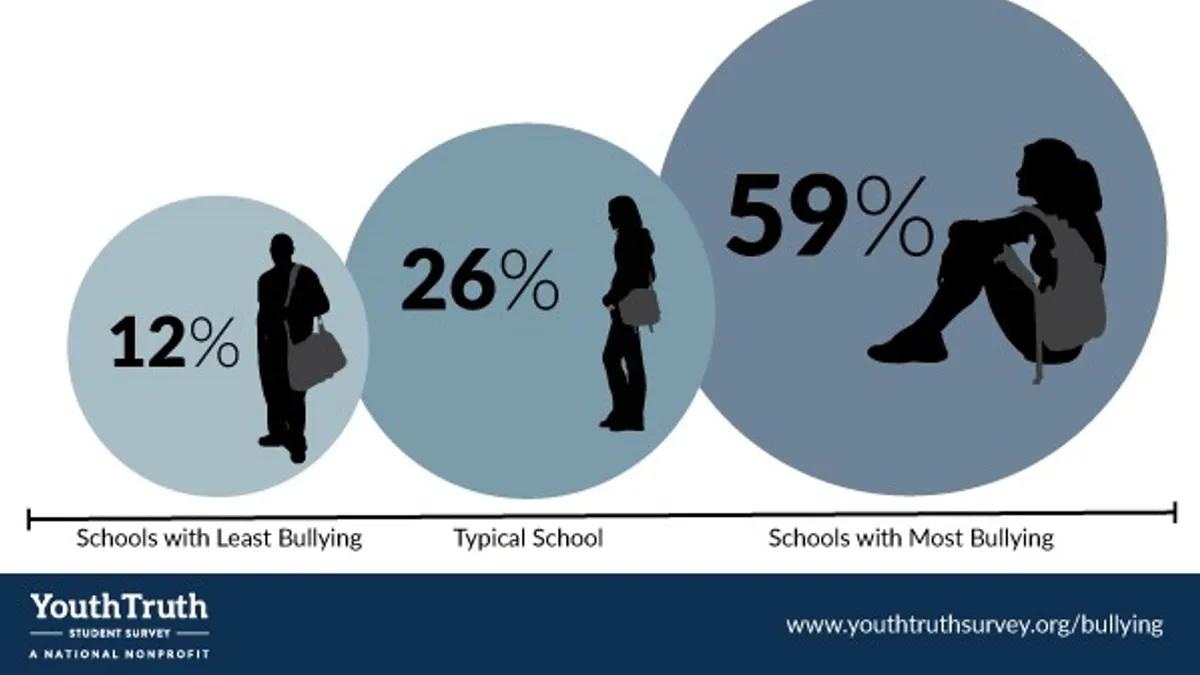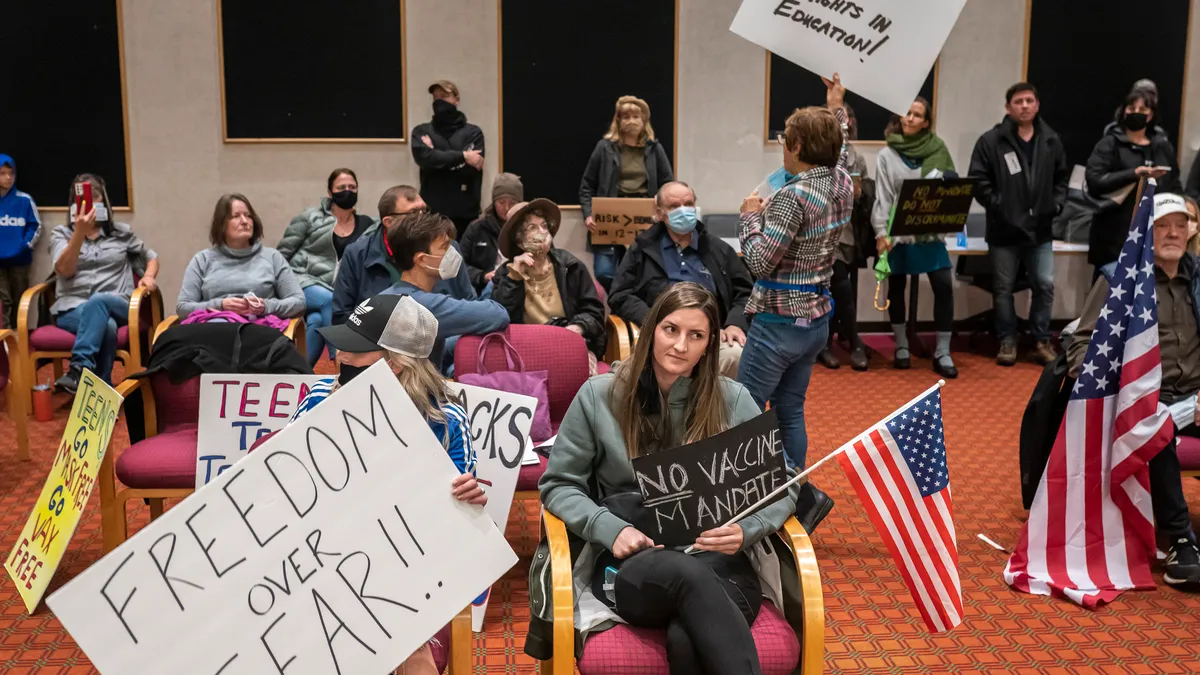Kids can be mean. But there is some evidence that today’s students are slightly nicer than their predecessors. Bullying is down — not tremendously, but enough to take notice.
GLSEN, the Gay, Lesbian and Straight Education Network, recently updated its 2005 “From Teasing to Torment” report, providing a renewed look at biased-based bullying 10 years later. More than 1,300 students ages 13 to 18 completed surveys, detailing their exposure to bullying and biased remarks based on race/ethnicity, sexual orientation, body size, gender, religion, ability, economic status and gender expression. The 2015 student respondents reported hearing fewer biased remarks in every category except race/ethnicity than their peers had in 2005.
“Clearly certain things are getting somewhat better,” said Christian Villenas, GLSEN senior research associate and co-author of the report. “Students are hearing less biased remarks in schools and also certain types of bullying and harassment have gone down, but still, we have a long way to go in terms of trying to deal with these issues.”
Besides the increase in bullying based on race and ethnicity, Villenas finds it particularly troubling that students continue to report hearing school staff members make remarks that are sexist (21%), homophobic (15%), racist (14%), or otherwise negative relating to students’ gender expression (26%), academic ability (23%) or religion (14%).
GLSEN researchers recommend schools offer better professional development. Instead of basic workshops about bullying, Villenas says more targeted information about bias-based bullying, specifically, would help teachers understand the issues faced by particular subgroups in their schools and how they play out among students.
“This type of training should not only take place while teachers are teaching in schools, but the earlier the better, we think,” Villenas said. Pre-service training gives teachers exposure to these issues before they even enter a classroom.
YouthTruth, which gathers information from students to inform local policy-making and school improvement, recommends its partner districts tailor bullying efforts to conditions on the ground. Across 80,000 students in grades five through 12 who responded to surveys between 2012 and 2015, 25% of them reported being victims of bullying and the vast majority of them (79%) said they were bullied verbally. Interestingly, cyberbullying was the least likely form of bullying tracked by YouthTruth.
Still, these overall numbers hid wide variation across schools. YouthTruth found that on one end of the spectrum, only 12% of students in a given school reported being bullied, while 59% reported the same elsewhere.
Sonya Heisters, director of partnerships and outreach for YouthTruth, said surveys are an important way for administrators to get a sense of what is actually happening in their buildings. Students rarely report bullying, but anonymous surveys can elicit honest reflections about school climate. The YouthTruth survey tool reaches 75-95% of a school population with tested, high-quality questions that are age and reading-level appropriate. Districts end up with both quantitative data than can be tracked from one year to the next as well as qualitative responses that can paint a more personal picture of the student experience.
Heisters recommends districts pay attention to comparative data, both to see how schools within the district rate and how the district compares to its counterparts around the state and nation.
School climate is getting more attention as educators recognize the outsized impact nonacademic factors can have on student outcomes. The Every Student Succeeds Act requires states to revamp their school rating systems and incorporate nonacademic factors like climate, which could speed up this trend even more.
At YouthTruth, Heisters sees schools and districts recognizing the value of gathering student survey data. The current challenge is making sure the methods are rigorous and the results are used to drive change — which Heisters says is progress of its own.
“When we started this work eight years ago, the conversation was more about how to convince school districts that student voice matters,” Heisters said. “Now there’s a broader adoption of that thinking.”
The month of October, National Bullying Prevention Awareness Month, is a good time to reflect on the conditions in individual schools and make concrete plans to reduce bullying.





















